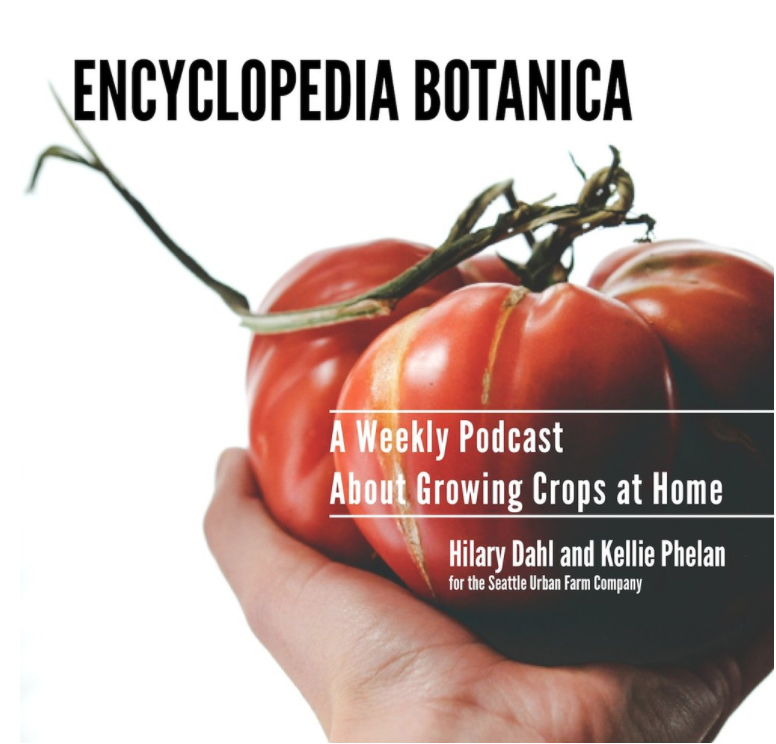As we learned last month, all fertilizers are rated by their NPK ratio, which indicates the percentage of Nitrogen-Phosphorous-Potassium in the mix. This month, we will use Kelp Meal to help us take a look at the hidden world of micronutrients (sometimes referred to as trace elements), which constitute the rest of the minerals present in your organic fertilizer.
Part Two: Kelp Meal
As the name indicates, Kelp Meal is made from dried ocean seaweed. Kelp can be processed into a meal (which we use in our fertilizer blend), a powder (which has finer particles and can be mixed into a liquid solution) and a liquid (which is typically diluted and applied as a foliar spray to maturing crops). Like most granular organic fertilizers, Kelp Meal takes several weeks to several months to release its nutrients into the soil for absorption by crops. The range of nutrients in Kelp Meal is somewhat astounding and includes Magnesium, Sulfur, Sodium, and Vanadium. Check out this link to see a complete chemical analysis of Kelp Meal
A fundamental difference between industrial agriculture and organic agriculture is the care and attention paid to the long term health and fertility of the soil. The organic grower’s primary concern is building a complex soil system to support crops year after year. The application of the micronutrients supplied by Kelp Meal help do just that. Although, each micronutrient is present in remarkably low amounts, your crops will locate them and be better able to absorb water, photosynthesize and process the macronutrients if these trace elements are available. Furthermore, it is crucial that the trace elements are present only in low quantities, as many of them would create a toxic environment if applied in large amounts. It is easy to think of this balance in parallel to human health: for example, while Iodine is an essential mineral in your diet, an overdose would wreak havoc on your gastrointestinal and respiratory systems. Its the same for plants and Boron or Silicon.
We recommend using Kelp Meal as part of a balanced fertilizer blend and applying Liquid Kelp as a foliar spray to crops throughout the season. Rough guidelines are as follows:
Use a balanced fertilizer including Kelp Meal when planting new vegetable crops each season. Application rates for fertilizers vary, follow the recommendations on the product label.
Provide a supplemental feeding of Kelp Meal to long-season fruiting crops like tomatoes and summer squash two additional times throughout the summer.
Foliar feed ALL crops as often as once every two weeks through the growing season with Liquid Kelp. Dilute the liquid to the rate indicated on the label and apply to crops very early in the morning. Early morning feedings allow the plants to absorb the nutrients through their opening stomata and prevent the repercussions of midday applications (possible leaf burning) and evening applications (possible fungal infection)









